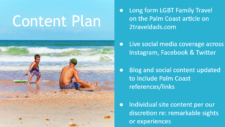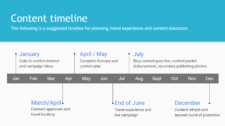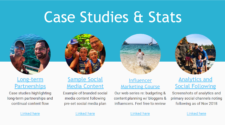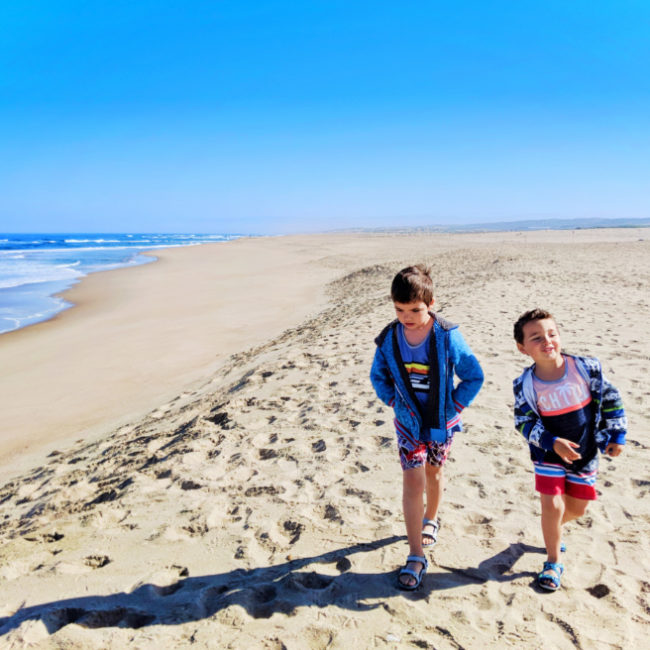People are always asking for some actionable steps for pitching their ideas and creating collaborative campaigns. Well, here we go!
This is my process and it’s 80% successful. I do have a workshop for teaching this, but I’ll share the basics for free. PayPal me later if you want to share a 15% finders fee for successful pitches 😎 Kidding. Kinda…
This process is intense, but totally worth it. I would love to keep this thread on Travel Blogger Booster Club live to see the progress people make, so as you do this, please update your original comment with any responses or things you learn. NOW GO!!!!!
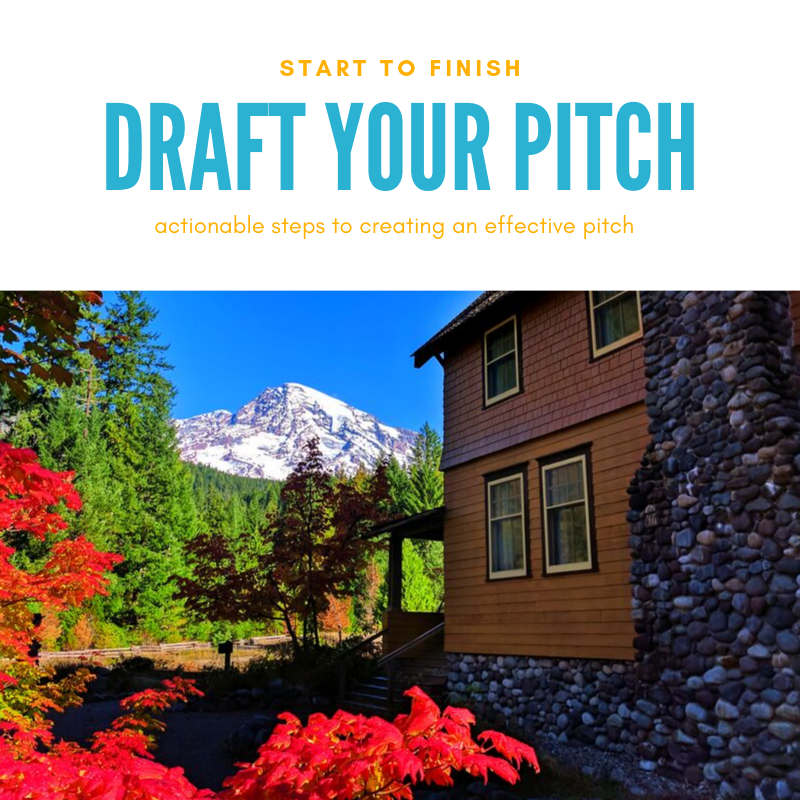
STEP 1: TARGET
Decide who you want to pitch based on what you’re interested in and what will perform well with your audience… or that you see a massive keyword opportunity for. Be very discerning in who you target for a pitch, as there’s more to it than casting a wide net. Targeting the content you want to create from the start will guide you through the full pitching process to completing a campaign you believe in.
Please read our article on Pitching a Travel Blog to get more insight into what you’re targeting
STEP 2: RESEARCH
This is a two part process… Once you’ve targeted a destination/brand and you know the type of content you want to create, you need to be able to back it up as you reach out to pitch your campaign. I can’t stress enough how important the research part of the pitching process is.
Filling the Gap
First research what gap you are going to fill. Are you filling a demographic that marketing hasn’t tried to grab? Are you providing “how to” information that Google doesn’t rank anything for? What are YOU going to provide to the world?
Why this matters: there is ZERO need for another guide to the best beaches in SoCal. There’s ZERO need for another product review when Amazon has 4375 other reviews already. Understanding what gap you fill or why your audience needs YOUR content to sell them on something is key to the pitching process.
| What/Who | Company | Gap you fill / valuable angle | Current initiatives or marketing notes |
Copy and paste the above into a document for developing pitches. Use it for tracking angles you come up with, potential keywords for other brands/destinations, and notes about what you’ve observed in current marketing efforts. As you research, be sure you consider what you are a Subject Matter Expert (SME) on and what skills really make YOU shine. Check out our complete article on Blogger Skill Sets to dig deeper into understanding your value and skills.
Finding the RIGHT Contact
Next, research exactly WHO you need to send your pitch to. Do not send it to a general “info” address unless a real person directly told you to do it. You can find THE person in press releases, a company directory page, a group sales page, media page, or reach out via Instagram and ask for the RIGHT PERSON to send to. You could reach out to your own blogger friends and acquaintances to see if they have a valid contact, but I, like many others, hold my PR and media contact dear and rarely share or provide referrals.
Why this matters: would you want to spend time and brain power on something and then have it be lost because it went to a person who didn’t know what to do with it? Before I added this step to my pitching process, I would either NEVER hear back or would get a form response that I could do nothing with. The extra ten minutes of digging down to the MOST APPLICABLE PERSON is completely worth it.
| What/Who | Company email | PR Email | Media email |
Copy and paste the above into either your basic pitching document or create a database where you manage and maintain contact. Save yourself more work later.
STEP 3: DRAFT A PITCH
Now you know what you specifically want to do, who you want to work with, what value you can offer, and who to send this to for the best chances… WRITE IT UP. I’m sharing two ways to pitch your travel blog to a brand or destination. The first is primarily to catch someone’s eye and start conversations, the second is for after you’ve met somebody or exchanged greetings online.
First Contact pitching
Starting a conversation is part of pitching. On your first contact you will need to state who you are and why you’re reaching out. You’ll also want to prompt action from the person receiving your pitch.
Explaining YOU
Be concise and thoughtful as your introduce yourself. This part of the pitching process is your first impression in many cases. You have about two sentences to say who you are and why somebody NEEDS to know you. Think of this as your Plenty of Fish intro where the other side is deciding to swim past you or not. You want to state your name, your outlet and why YOUR POINT OF VIEW and AUDIENCE is unique. This is not a blast of stats and analytics; this is an introduction to show your personal value — explaining your monetary value comes later.
An example of an intro might be:
Hi there! I’m really excited to introduce myself to you, as I have a compelling idea for a campaign I’d like to discuss with you. I’m Rob Taylor of 2TravelDads: the original LGBT family travel blog, and I think we could build a quality content plan together to reach our audience and inspire them to…
In that I cast my line, I said who I was AND who my audience is all at once, and I used some “hot words” to plant the idea of both creation and revenue generation.
Offering a Campaign Plan
I am NOT saying that you need to be doing the job of a marketing professional, but you should be ready from the get-go to state what sort of content you thrive at producing and that will perform well to promote the brand/destination to YOUR audience. Making suggestions about what’s been recently successful for you or what you have noticed the brand/destination ISN’T doing are great ways to launch into that conversation.
Tip: always be respectful in your delivery. Outright stating that somebody is completely missing the mark is lame and not going to get you anywhere, but communicating that gap you previously found in your research step is a great way to sell yourself in the pitching process.
End with Call to Action (CTA)
Since you’ve invested time and brain power into building and writing up a pitch, be sure that you don’t leave your first contact trailing off into the distance. End your first contact by thanking them for both their current and future time, as YOU KNOW they are going to want to work with you! And the Call to Action (CTA):
- prompt them to review with their team
- suggest scheduling a call within the next week to chat aloud
- encourage them to follow up with any simple questions via email – deeper questions should be a phone call to establish tone and working relationship
- state that you’ll be checking back in with them after a few days to get conversations going
Ending with actionable steps or stating that you’ll be reaching out again sets the tone for the pitch to not die on first contact.
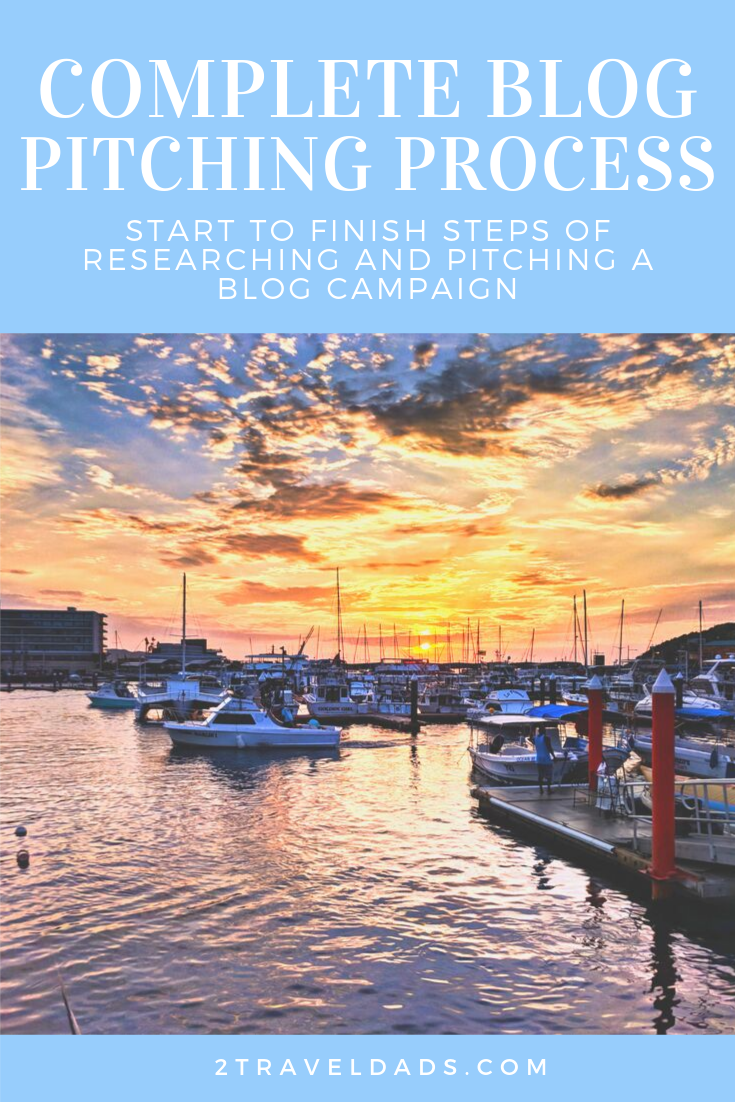
Formal Proposal
This is for the serious pitch that you’re confident in and know that it’s going to be worthwhile. This is for after you’ve met/chatted with somebody from your potential partner and you want to MAKE THINGS HAPPEN. There are a variety of ways to make the formal proposal, so here are three examples.
Email outline
This is the most basic form of a campaign proposal and depending on the partner, can be effective if executed well. In an email outline you can state the campaign angle, reach, and projected outcome (not ROI necessarily, but it may be, depending on the partner). Here’s an example Campaign Outline:
- Campaign Angle / Title
- who the campaign is projected to reach
- what the goal of engagement on the campaign elements is
- what YOU consider success to look like
- Content Plan
- primary content type – what is THE FEATURE – can be 1 or 2 big pieces of content
- supporting content – this includes social media plan and secondary angles you may approach
- assets and additional options – what are some add-ons the brand/destination can choose to build into the campaign for their own use or that they want YOU to create for your channels
- Long Term
- at what interval will you be revisiting the content from the campaign – will you refresh evergreen blog content? will you do a round of social posts at a later date?
- what strategy do you have to ensure the investment in a campaign will last beyond Instagram stories?
- plant the seed for a second partnership or follow up experience
- Timeline – always state your preferred timeline
- contracted date
- experience the brand
- due date for first deliverable
- completed content rollout
- end of contract term
- Measuring ROI
- state what data you’ll provide during and following the campaign
- share any measurable goals you have with the campaign – number of sales through your affiliates, projected engagement numbers based on previous campaigns…
- what take-aways will the sponsoring partner have following the campaign – do they get any assets? are you providing any consultation? are you dedicating front page space for them?
This is a very thorough email outline of a campaign. It leaves very little to the imagination and sets up very specific deliverables and what’s to be expected from the brand end. You don’t need to have all of this figured out when you send a formal pitch, but in my experience with both travel brands and destinations, making the campaign planning and launch as easy for them as possible makes the pitching process go a lot more smooth.
A Visual Pitch
This is my favorite to create because it gives a very clear picture of the types of content we’ll be creating and leverages visual storytelling. I prefer to create campaign pitches in Google Slides using my own template, but you can craft a visual pitch in any program including Canva, Word, or even as a spreadsheet (think about the tabs you could create!)

When I build a visual pitch, I use a similar outline to build my slides:
- I state who we are and what OUR UNIQUE point of view and audience are
- I suggest the angle of the story
- places to visit within a destination – state why each is key to the content
- suggest sites and activities
- suggest accommodation styles that your audience enjoys (think actionable bookings!)
- products you can promote – whether tangible goods or travel brand products (hotel brands, transportation styles…)
- your research on products can shine here
- be open to new products, lines or seasonal options you didn’t research
- places to visit within a destination – state why each is key to the content
- I give a live example or collection of links showcasing similar campaigns
- here is where you can provide examples of the type of content YOU know you’ll be awesome at creating and that YOUR audience will eat up
- this is also an opportunity to show previous ROI from a prior campaign (“X bookings came from this”, “comments from X, Y and Z showed they took my advice”…”
- Timeline still has a place in a visual pitch
- approximate dates or span of time can show both the order of events and give a visual value to evergreen content
With a visual pitch, you get to really communicate you and your style. This is the pitch I use when I want to be very collaborative or where I really want to show how a brand/destination plays to my audience.
A Campaign Bid
This is the last formal pitching process I would recommend. This is very specifically for when you’ve established a solid interest in partnership and you’ve been asked or you’ve offered to provide a bid so the potential partner can see if their investment is even doable. I typically send this bid once we’ve talked about deliverables and established that we’ve got a great platform and following to offer. When I draft a bid like this, I’ll send it with a variety of choices to work from:
- the basic option – set deliverables and lowest cost
- add-on – set deliverable with suggested additional content or assets for client use – a la carte prices for extra content pieces
- complete package – everything noted with a 15% discount applied as a thank you for the work and partnership
Most often the basic option with an a la carte add-on or two is selected. This is a great way to ensure the partner gets the campaign content they want/need and they get to take advantage of the work we do. The a la carte options we present include:
- additional site content on 2TravelDads.com
- additional crafted social media to be approved and launched following campaign
- crafted social media for the sponsor’s channels
- fully built “takeover” for the partner to use – includes IG grid and stories, includes Facebook set, includes tweets w/ photo assets
- assets for client use – we’ll provide a content packet, like a catalog, for the client to choose and license images from
- client site content – we will craft snippets or story angles for site content that 2TravelDads will create but will live on the client’s site or publication
Isn’t it amazing how creating a campaign bid actually sets you up to provide even more value to a potential partner?! This bid process is well measured and worked out over time. Our prices for content and work are nuanced as to if it’s a brand or destination, and within that what sort of scale that brand is functioning at.
Tip: because the contract process can be long (or because some clients don’t like contracts) we always ask that any part of the bid that’s accepted be “marked up” in the PDF we provide and that the document be initialed. That way we secure the plan and costs and there’s no confusion through the campaign.
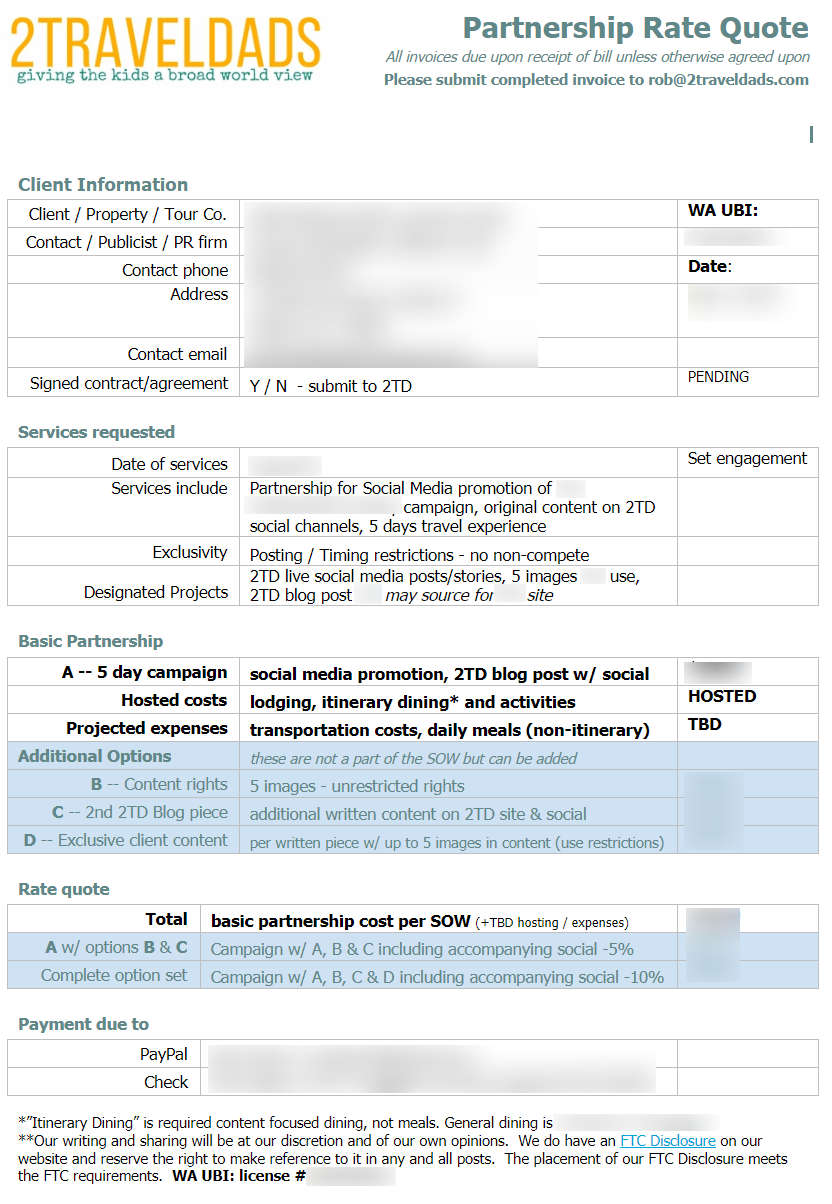
STEP 4: SEND
You’ve researched and written up a great pitch that YOU KNOW rocks and is going to provide great value. What’s next? You’ve got to send it. Whether you’re on your first impression email or sending one of the well developed pitches, you need to be sure that you’re pitching process is professional from start to finish. When drafting to send, be sure of the following:
- you’ve proofread your email at least twice
- you have attached any document you need to send on this pitch (media sheet, bid…)
- you’re sending your pitch to the correct person – besides researching, make sure that when you actually compose your email that the correct person is in the “TO” line
- any links in your message or email signature are correct and functional
Just like you want to be sure that your opening message is professional and makes a great first impression, double checking your pitch email is important in making sure that your last impression is also good.
STEP 5: FOLLOW UP
Sometimes you’re pitch something and feel really great about it and then don’t hear anything. That’s okay. You can do a few things about that.
Follow Up – email / social
You have investing time and energy into your pitching process. Follow up on it if you haven’t heard back. Send a polite follow up email to the original address if you need to. You can also do a bit more research and see if there’s a second person you could email with your pitch, and then either include them on the follow up or re-pitch it to them.
We also live in an age where social media makes brands and individuals instantly accessible to us. If you haven’t heard back from somebody, it’s acceptable to reach out via social media to check in. I recommend sending a message versus a public post, because you don’t want to publicly offend somebody who may be really busy. Either way, follow up.
Follow UP – for yourself
Look at what you’ve sent. If you haven’t heard back either after the first contact or a second follow up, review what you created and learn from if it. Use it as a baseline for your next pitch.
- was your message lost amidst too much information?
- was your proposal not compelling? were you totally off-base in your evaluation before sending the pitch?
- was your timing just really bad? It’s totally possible to reach out at just the wrong moment in life.
- FOLLOW UP – I know I said that already, but after reviewing your pitch work critically, is it appropriate that down the line, perhaps next season, that you reach out again?
You can learn so much from self-reflection following the pitching process. Now GO!!!

I hope you find this process actionable. Please be sure to join our Facebook Group for travel bloggers, Travel Blogger Booster Club, and feel free to leave comments or ask questions. Thanks and good luck!

